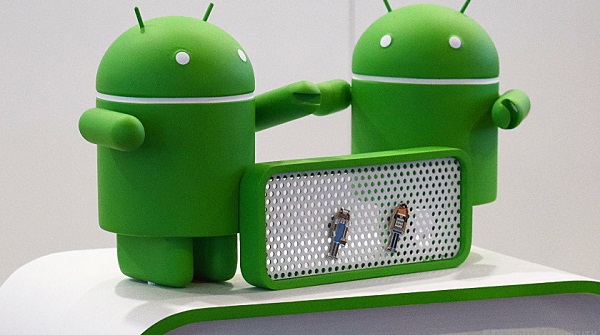Google created Android One in 2014 with an aim of providing low-income countries access to Android phones. This version of Android contained minimal customizations since Google focused on providing speed and swiftness to users. Since Android One’s publicity was low, with time it started to fade out. And being exclusive to low end/entry level phones didn’t help build its publicity or market.
This all changed this year when big phone brands like Xiaomi, Nokia, Infinix and many others decided to partner with Google to make smartphones running Android One.
The difference:
Android One is produced by Google. Google reserves the rights to the technology and smartphone manufacturers have to partner with it in order to use its Android One program. In other words, Google solely makes and updates Android One. If a smartphone manufacturer chooses to partner with Google, the manufacturer is only responsible for the hardware as Google runs the software of the device.
Stock Android, on the other hand, is an open source software which Google makes and allows other manufacturers to freely utilize and change. Some smartphone manufacturers like Lenovo, Xiaomi and others have gone further to create their own branded versions of Android and UIs.
Although Android One phones run Stock Android which is not customized by any smartphone manufacturers, these phones run pure and simple Stock Android as provided by Google. They directly receive updates from Google itself.
[ot-video][/ot-video]
In Uganda, the recently launched Infinix Note 5 runs this Android One. Now that high-end phone manufacturers have adopted Android One to produce phones of quality designs, high end cameras, etc., smart phones running Android One have become relatively expensive.
However, Google has not forgotten its low income earners that can hardly afford Android phones of high-end specs like 2GB of RAM, more than 8GB internal memory, etc. and it has created Android Go, a version not made to replace Android One but to be used on low-end smartphones running less than 512MBs of RAM and with less than 8GB of internal memory.
What Android One provides:
– Longer battery life as the phone reduces usage when kept in your pocket or purse
– A device auto adjusted to meet your needs i.e. work smarter for you
– Safe and secure phone experience at every layer of usage
– Easy to use
– Free unlimited photo storage
More great articles by SautiTech:
DHL partners with MallforAfrica to boost online retailing in Africa
Recap: This past week, the top stories you shouldn’t miss
Govt to tax only mobile money withdraws; OTT levies retained

